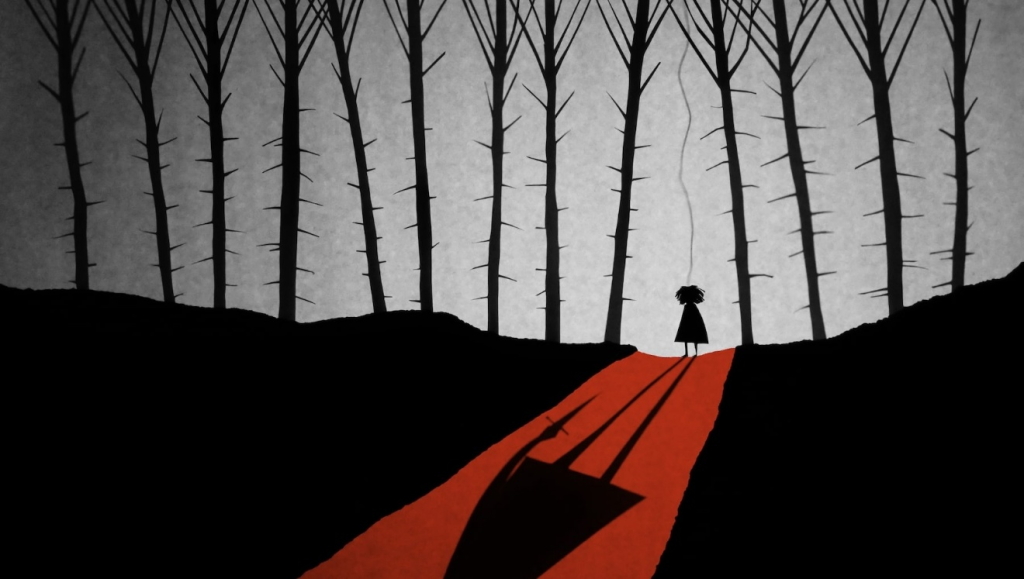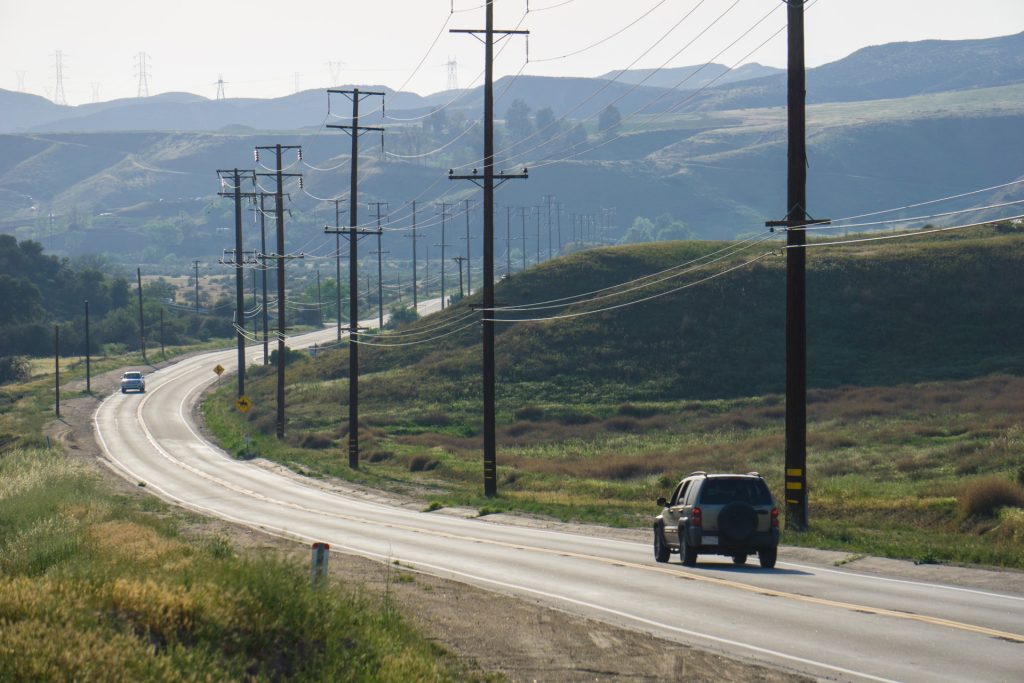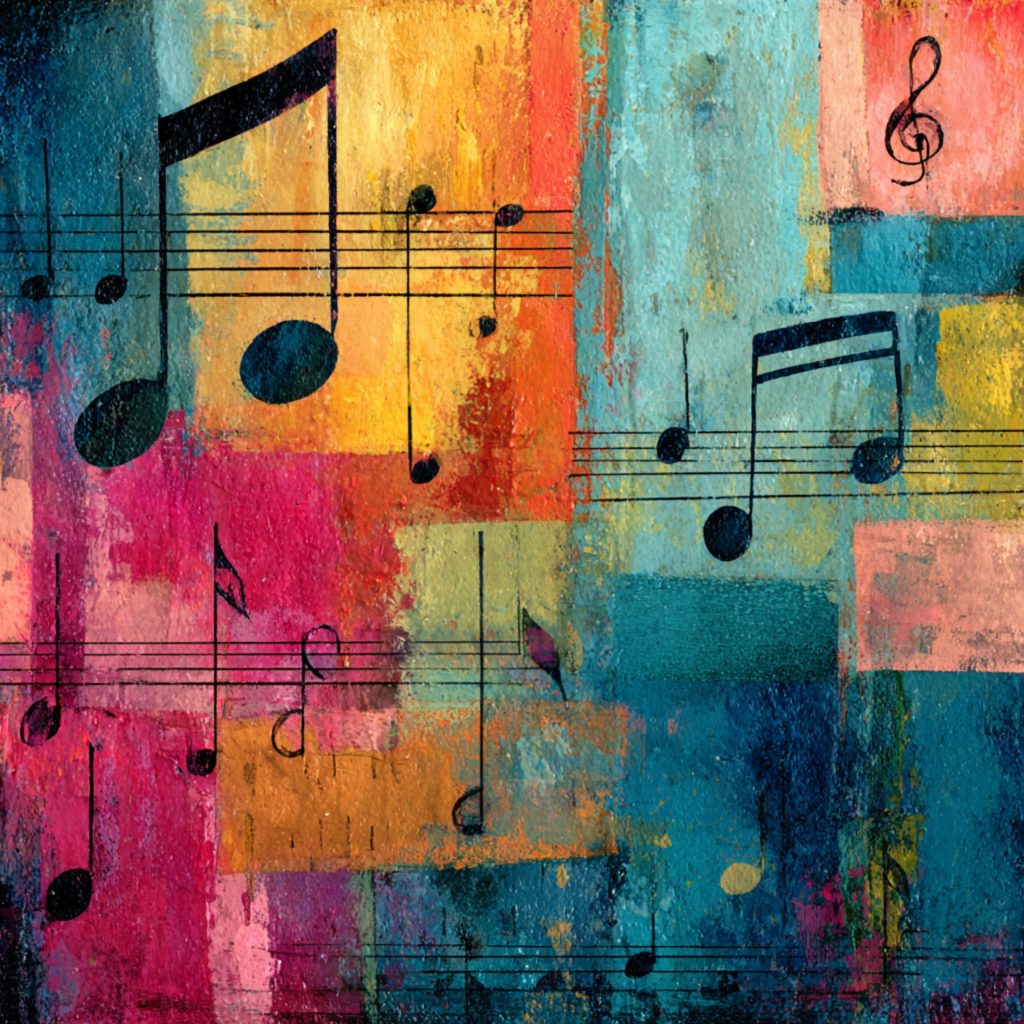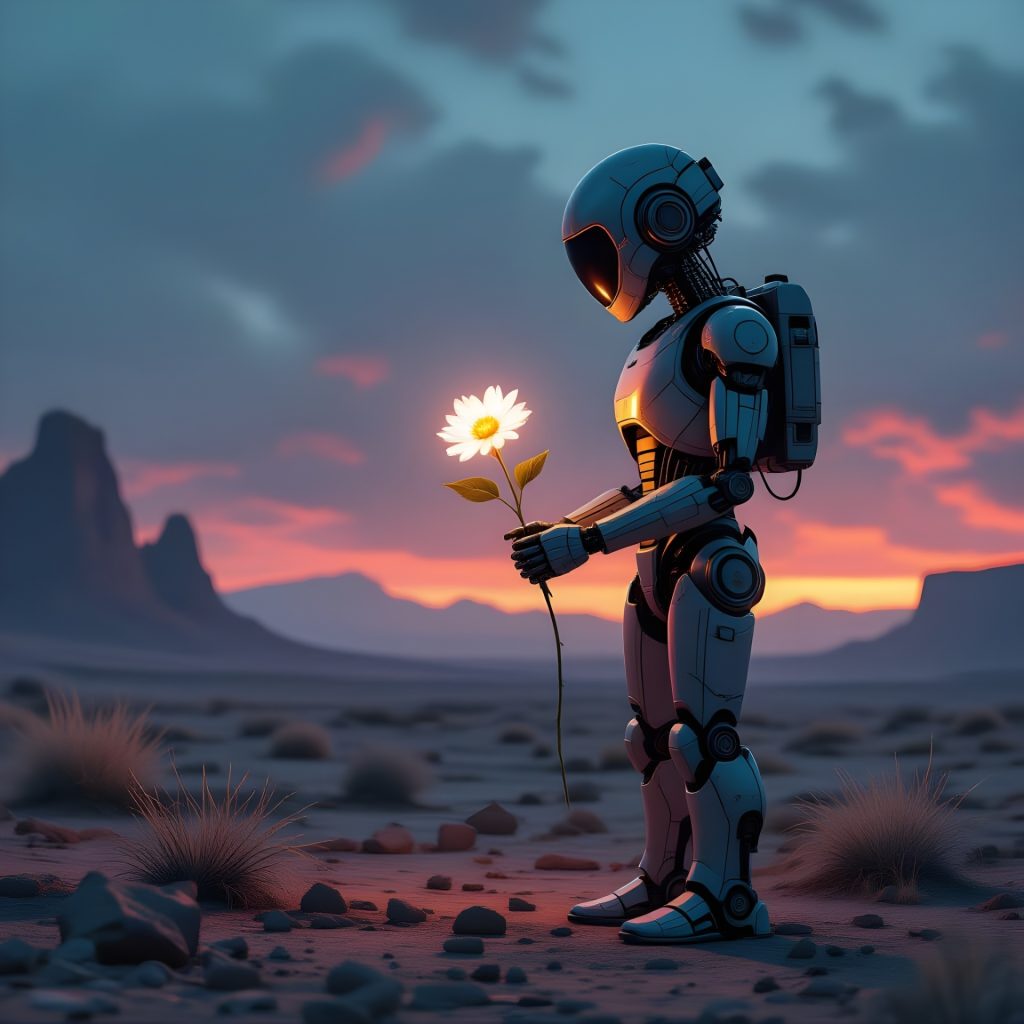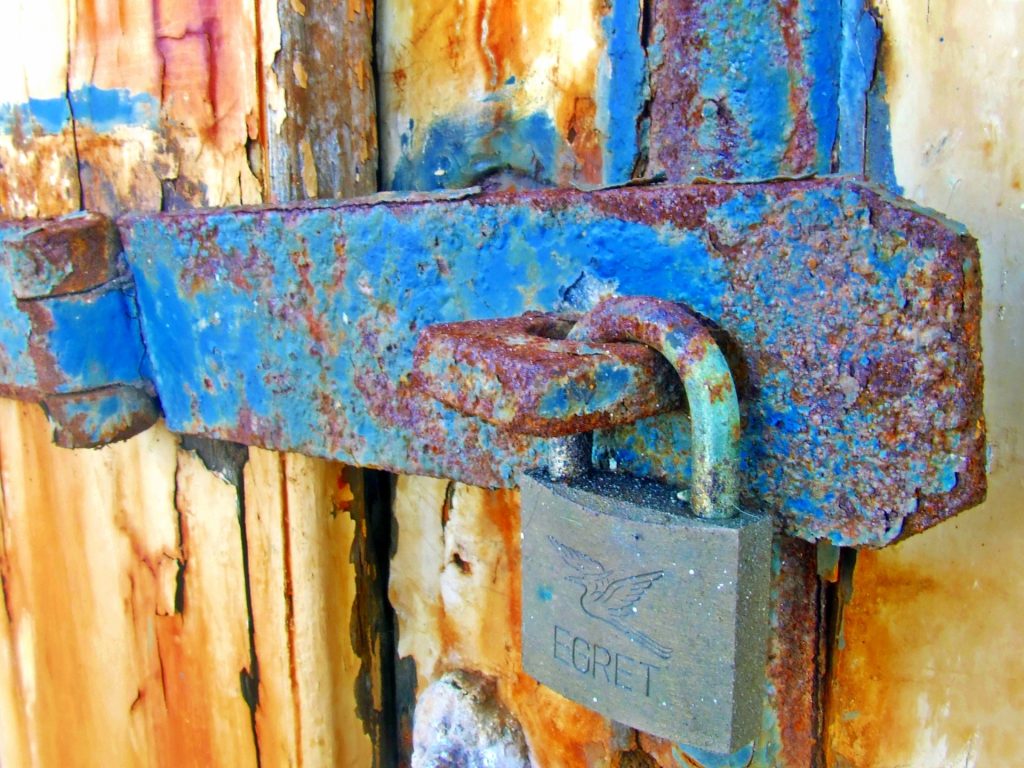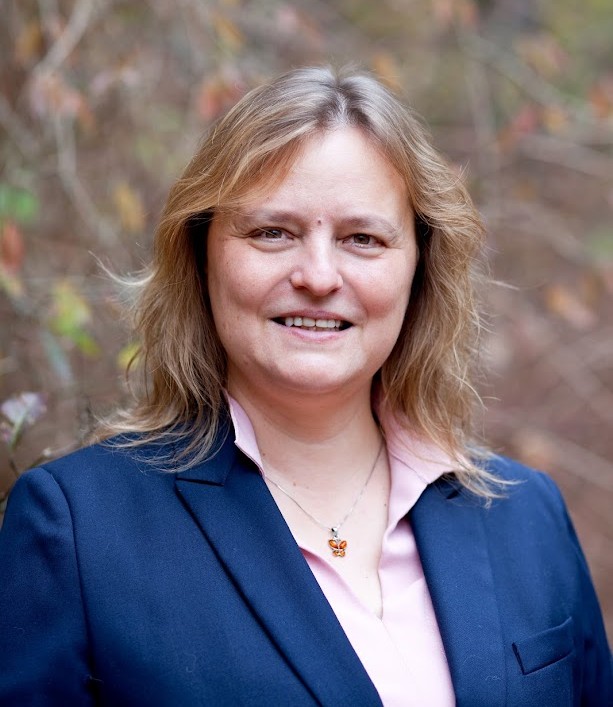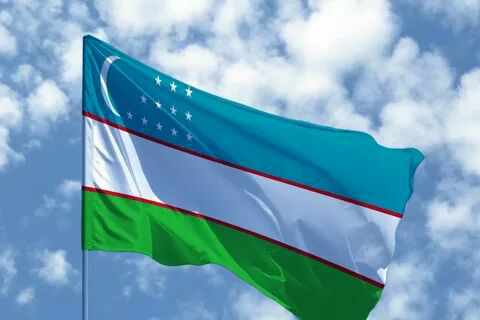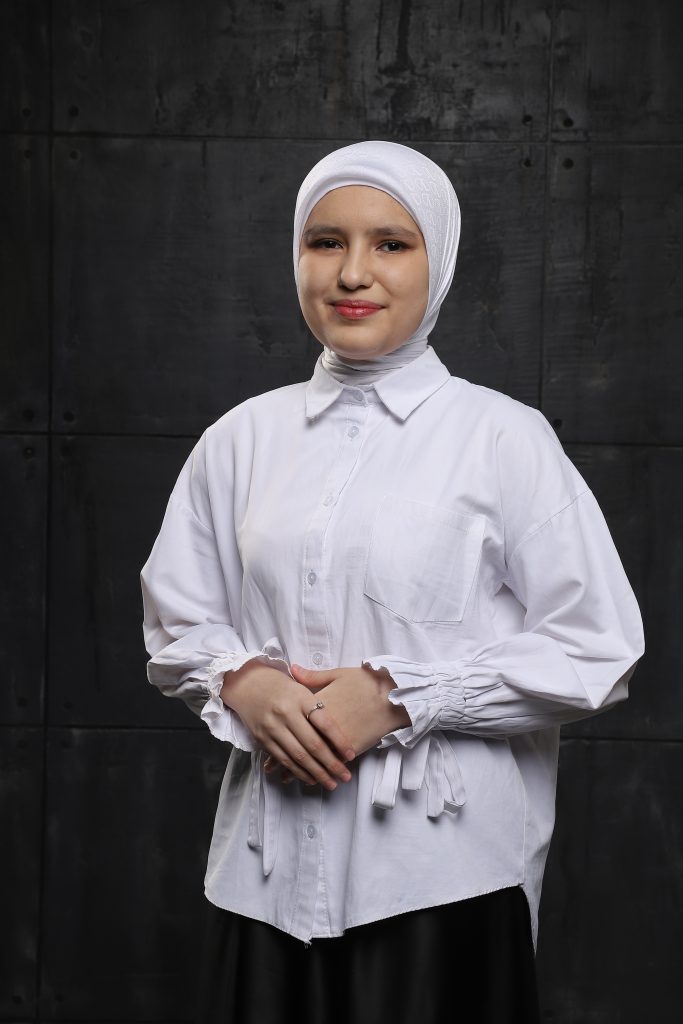
Effect of the Herbst Appliance on the Airway
Author: Durdona Sharifovna Ro‘ziboyeva
Email: durdonaroziboyeva22@gmailcom
Address: Tashkent, Uzbekistan
Educational Institution: Tashkent State Dental Institute
Annotatsiya: Ushbu maqolada Herbst apparatidan yuklash yuqori nafas yo’llari funktsional holatiga ko’rsatgan ta’siri ilmiy tibbiy tahlil. Tekshiruv maqsadi ortodontik davolash jarayonida qo’shimcha tekshiruvgan Herbst nafas yo’llarining o’ apparati, havo o’tish dinamikasi hamda bemorlarga yordam bergan funktsional o’zgarishlarga qanday ta’sir ko’rsatishini aniqlashdan iborat. Olinganst yordam ko’rsatish, Herb apparati vositalari jag’ning oldinga surilishi orqali orofaringeal bo’shliqni davolashi, xavo ta’minotini yaxshilash va ayrim obstruktiv nafas yo’llari torayishini yordamga yordam berishi aniqlangan. Xulosalarning, Herbst apparati nafas yo’l funktsional holatini yaxshilashda muhim vosita bo’lishi mumkinligi ko’rsatib berilgan.Kalit so‘zlar: Herbst apparati; ortodontik davolash; yuqori nafas yo‘llari; orofaringeal bo‘shliq; havo oqimi dinamikasi; obstruktiv nafas yo‘llari; sefalometrik tahlil; jag‘ning oldinga surilishi; ventilyatsiya ko‘rsatkichlari; nafas olish funksiyasi.
Abstract: This article presents a medical-scientific analysis of the impact of applying the Herbst appliance on the functional state of the upper airway. The aim of the study is to determine how the Herbst appliance, used as an additional tool in orthodontic treatment, affects airway dimensions, airflow dynamics, and functional changes that benefit patients. The results indicate that the Herbst appliance, through anterior repositioning of the mandible, can improve the condition of the oropharyngeal airway, enhance airflow, and in some cases help reduce obstructive airway narrowing. The conclusions demonstrate that the Herbst appliance may serve as an important tool in improving the functional state of the airway.
Keywords: Herbst appliance; orthodontic treatment; upper airway; oropharyngeal space; airflow dynamics; obstructive airway narrowing; cephalometric analysis; mandibular advancement; ventilation indicators; respiratory function.
Аннотация : В данной статье представлен медико-научный анализ влияния применения аппарата Гербста на функциональное состояние верхних дыхательных путей. Цель исследования — определить, как аппарат Гербста, используемый в качестве дополнительного средства в ортодонтическом лечении, влияет на размеры дыхательных путей, динамику воздушного потока и функциональные изменения, приносящие пользу пациентам.Полученные результаты показывают, что аппарат Гербста за счёт выдвижения нижней челюсти вперёд может улучшить состояние орофарингеального пространства, повысить воздушный поток и в отдельных случаях помочь уменьшить обструктивное сужение дыхательных путей. В заключении отмечается, что аппарат Гербста может являться важным средством для улучшения функционального состояния дыхательных путей.Ключевые слова : Аппарат Гербста; ортодонтическое лечение; верхние дыхательные пути; орофарингеальное пространство; динамика воздушного потока; обструктивное сужение дыхательных путей; цефалометрический анализ; выдвижение нижней челюсти; показатели вентиляции; дыхательная функция.
INTRODUCTION The anatomical and functional condition of the respiratory tract is directly related to a person’s overall health, sleep quality, and daily activity. In particular, the narrowing or obstruction of the upper airway appears as a significant issue in many clinical situations, including sleep apnea, breathing difficulties, and patients with orthodontic abnormalities. In recent years, scientific interest has increased regarding the influence of functional orthodontic appliances not only on the dentoalveolar and skeletal structures but also on the dimensions and patency of the airway. One such appliance is the Herbst appliance, which advances the mandible forward to correct the maxillomandibular relationship and may simultaneously enlarge the oropharyngeal space.
Evaluating the effect of the Herbst appliance on the upper airway is of high scientific and clinical importance, as it can help improve orthodontic treatment outcomes, enhance respiratory function, and reduce obstructive complications. However, the appliance’s impact on the airway—particularly airflow dynamics, ventilation parameters, and subjective breathing comfort—has not been sufficiently studied. Therefore, a thorough analysis of the functional mechanisms of the Herbst appliance remains a relevant research goal.
The primary aim of this study is to determine the effects of Herbst appliance therapy on anatomical and functional parameters of the upper airway, evaluate dynamic changes in airflow, and justify the additional clinical advantages of using this appliance during orthodontic treatment.
LITERATURE REVIEW
Studies investigating the effects of the Herbst appliance on the upper airway combine clinical, anatomical, and functional aspects. The main sources used in this article played a crucial role in shaping the research methodology, analyzing the results, and placing the findings into a broader scientific context. Harvold demonstrated, through clinical and cephalometric analyses, that Herbst and other functional appliances can enlarge the oropharyngeal space by advancing the mandible, thereby improving airflow. Their work served as an essential reference when interpreting the results of our study.
Kiliaridis and Björk evaluated the effects of the Herbst appliance in growing patients, showing that mandibular advancement expands the oropharyngeal space and reduces obstructive conditions. Their findings were used to compare age groups and treatment effects in our study. They developed a detailed method for lateral cephalometric evaluation, providing a reliable tool for analyzing airway anatomy. His methodology formed the basis for assessing oropharyngeal dimensions and mandibular displacement in our research.
Ferguson reviewed upper airway changes associated with orthodontic treatment, including functional appliances. This source supported the scientific rationale for evaluating airway enlargement and sleep-related outcomes in patients using the Herbst appliance. Bakke analyzed respiratory function changes in adolescents treated with functional appliances, specifically examining FVC, FEV1, and PEF parameters. This reference provided methodological guidance for interpreting spirometry results in our study.
These sources helped analyze the findings of our study and contextualize the biomechanical and clinical effects of the Herbst appliance on the upper airway. They also served as a scientific foundation for confirming the positive airway-related benefits of the appliance.
RESEARCH METHODOLOGY
The study was conducted using an observational-analytical design aimed at comprehensively evaluating the effects of the Herbst appliance on the upper airway. The methodology included the following stages:
1. Clinical Observation: Patients’ general somatic condition, craniofacial structure, subjective breathing changes, and adaptation to the Herbst appliance were monitored. An individual clinical chart was prepared for each patient.
2. Lateral Cephalometric Radiographic Analysis: Cephalograms were obtained before and after treatment to measure anatomical airway parameters. The following measurements were recorded: Oropharyngeal space width Anteroposterior and vertical airway of mandibular advancement Functional skeletal changes
3. Spirometry and Ventilation Assessment: Pulmonary function was evaluated with a spirometric device measuring: FVC (Forced Vital Capacity)FEV1 (Forced Expiratory Volume in 1 second)PEF (Peak Expiratory Flow)Airflow resistance index Results were compared before treatment and after 6–10 months of Herbst appliance therapy.
4. Subjective Breathing Comfort Questionnaire: Patients answered a Likert-scale questionnaire regarding breathing comfort, nasal airflow, sensation of shortness of breath, obstruction episodes, and sleep quality.
5. Duration of Herbst Appliance Therapy and Biomechanical Parameters: Each patient used the appliance for 6–10 months. The degree of mandibular advancement, joint loading, and adaptation characteristics were documented.
6. Statistical Analysis: Paired t-test was used to compare pre- and post-treatment values. Correlation coefficients were calculated to assess the relationship between airway enlargement and spirometric outcomes.
RESULTS
The findings of the study were based on clinical observation, cephalometric analysis, spirometry, and patient-reported outcomes.
1. Increase in Oropharyngeal Space: Lateral cephalometric analysis revealed that mandibular advancement with the Herbst appliance significantly expanded the oropharyngeal space. The average increase was 2.3 mm, with the most notable changes seen in the lower airway segment.
2. Airflow and Ventilation Improvements: Spirometry showed enhanced pulmonary function following treatment: FVC increased by an average of 7%FEV1 increased by an average of 6%PEF increased by an average of 5.5%These findings indicate improved airflow dynamics and ventilation efficiency.
3. Subjective Breathing Comfort: 72% of patients reported easier breathing 65% reported improved sleep quality 58% experienced reduced sensations of obstruction or choking
4. Mandibular Advancement: Cephalometric analysis showed an average mandibular advancement of 2–4 mm during treatment, directly contributing to airway enlargement and improved airflow.
5. Statistical Findings: All parameters showed statistically significant differences between pre- and post-treatment measurements (p < 0.05). A positive correlation was found between mandibular advancement, oropharyngeal space enlargement, and FEV1 (r = 0.68, p < 0.01).
CONCLUSION
The results demonstrate that during orthodontic treatment, the Herbst appliance is effective not only in correcting dentoskeletal discrepancies but also in improving upper airway function. Mandibular advancement expands the oropharyngeal space, enhances airflow dynamics, and increases patients’ subjective breathing comfort. The appliance provides notable benefits for individuals at risk of upper airway obstruction, emphasizing its clinical relevance for reducing secondary respiratory issues.
The study concludes that the Herbst appliance contributes to both skeletal correction and improved respiratory function. Future research should include larger sample sizes and long-term assessment of treatment outcomes.
REFERENCES
Bakke, M., Espeland, L., & Krogstad, O. (1995). Functional appliances and respiratory function in adolescents. European Journal of Orthodontics, 17(1), 45–53.
Https://doi.org/10.1093/ejo/17.1.45Ferguson, K. A., Carskadon, M. A., & Millman, R. P. (2006). Upper airway changes with orthodontic treatment: A review. Sleep Medicine Reviews, 10(2), 107–123. Https://doi.org/10.1016/j.smrv.2005.08.003Harvold, E. P., Tomer, B. S., & Vargervik, K. (2000). Functional appliances and airway changes in orthodontics. American Journal of Orthodontics and Dentofacial Orthopedics, 118(2), 152–159. Https://doi.org/10.1016/S0889-5406(00)70391-8Kiliaridis, S., & Björk, A. (1986). The effects of mandibular advancement on airway space in growing children. European Journal of Orthodontics, 8(2), 95–104.
Https://doi.org/10.1093/ejo/8.2.95Mcnamara, J. A., Jr. (1981). A method of cephalometric evaluation. American Journal of Orthodontics, 80(4), 505–522. Https://doi.org/10.1016/0002-9416(81)90238-3Pancherz, H. (1997). The mechanism of Class II correction in Herbst appliance treatment. Seminars in Orthodontics, 3(4), 214–224. Https://doi.org/10.1016/S1073-8746(97)80008-5Valiathan, M., & Bock, N. (2010). Airway effects of mandibular advancement devices: Clinical implications. Journal of Clinical Orthodontics, 44(5), 295–302.

